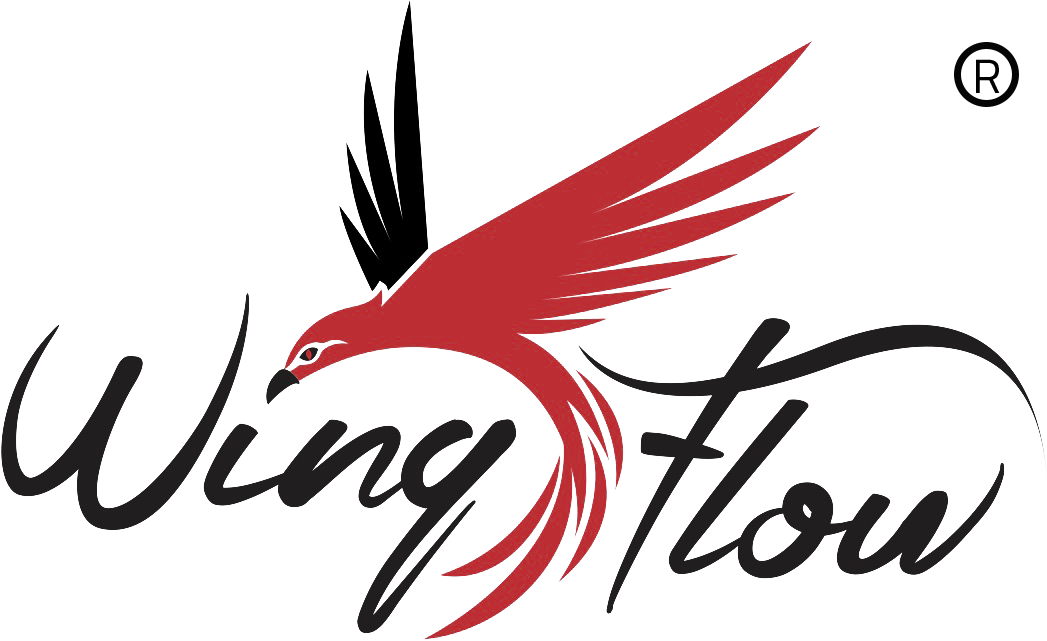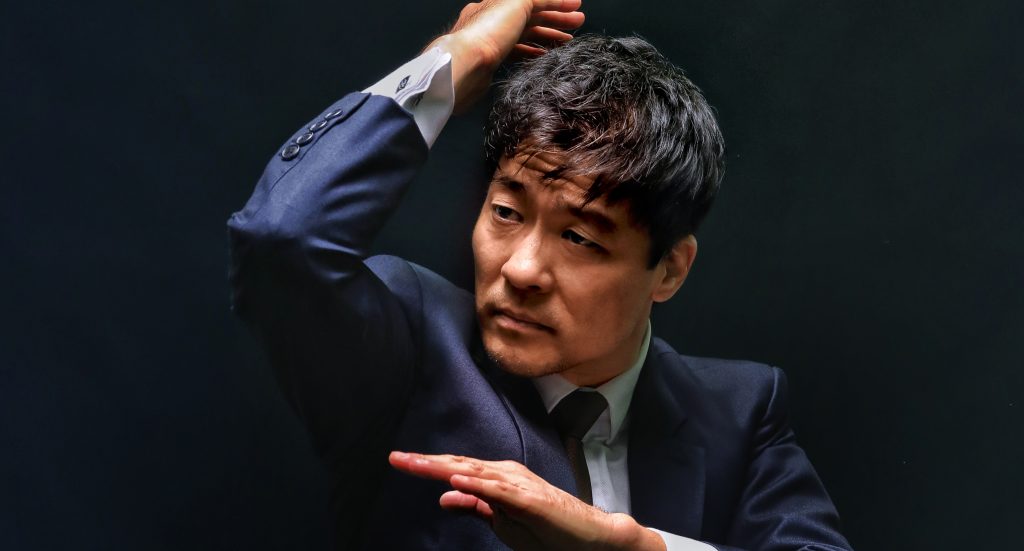Emerging From The Shadows
Ronin Cine Asiatico
We already know that martial cinema is relegated to series B, leaving the long-awaited blockbusters in the eighties and nineties. But always, whether from this humble blog, in my monthly section in Acción magazine, in my articles for Dragonz Magazine, Helios or A Base de Golpes and even on social networks, I try to give them the place they deserve, and, above all, everything, to support that independent cinema that presents us with films or short films that try to restore the shine to a genre that fascinates me. That is why today I bring to the blog this short film by Belgian Mark Stas, founder of the Wing Chun Wing Flow System style in 2017. Mark had already been seen in some independent feature films such as Haphazard (2019), English Dogs (2020) or Borrowed Time III ( 2022), and now he presents us with this work that he has written, directed, produced, edited and choreographed with the support of Ron Smoorenburg. A work that I have already advanced that I liked a lot and that brings us a story and concepts that deserve to become a feature film to be able to enjoy the speed and technique of what should be a star of the genre. The short presents us with a dramatic story, with Takeda, who will leave his native Asia after a tragic accident to start a new life in Europe to forget that past that has broken his heart, but that will force him to emerge from those shadows, as indicated by the title, and face a mafia group looking for an Asian who killed his boss. Along with Stas we have the aforementioned Ron Smoorenburg in addition to Max Repossi and Danny D’Orazio, few characters for an intimate story but who knows how to balance with action, and that is more than praiseworthy. On many occasions it is said that martial films do not have actors as protagonists, and in this case, Mark manages to give us a dramatic beginning, totally convincing with himself remembering his loss and demonstrating that even in a short film it is possible to act.

A concise script, but one that knows how to develop the story and the characters thanks to its ability to synthesize, combining the drama of the protagonist with the criminal plot and martial arts. Not in vain has he won several awards such as best first-time director, best short film, best short film actor and best action at various festivals such as the ‘Tokyo Film Awards’ or the ‘Las Vegas Movie Awards’, totally successful.
This balance between genres stands out along with martial arts to confirm an excellent job by the debutant director, demonstrating that genre films can be made without ignoring character development and a good story.
And work like this deserves the reward he is receiving, as well as continuing to cement Mark’s future film career. On his YouTube channel, which you can see here, you can confirm his speed and great technique, something necessary for martial cinema, but also, thanks to the opening sequence, Mark shows a completely believable dramatic side, and this is not always seen in the genre, accustomed to stony action heroes, who perform in physical action but not always with skills as a quality actor.
Returning to the action, also having Ron Smoorenburg both as an actor and as a co-choreographer, we enjoyed the various confrontations, and a lot, together with Max Repossi, a wonderful martial artist who was starting in the cinema but who sadly passed away in April 2021 due to a heart attack, and to which the short is dedicated. Fluid fights, well shot and edited that also show that Mark knows how to place the camera and show how fights should be, something that we do not always find in first-time jobs.
The concepts that the short film shows could well be developed to become a feature film or a television series or mini-series, and seeing the direction it is taking through festivals, I would not be surprised if a producer realizes the potential of Mark Stas, both as an action actor as well as a director, and this step in his promising career, of the fruits that he deserves.
Original article in Spanish: ronincineasiatico.blogspot.com

